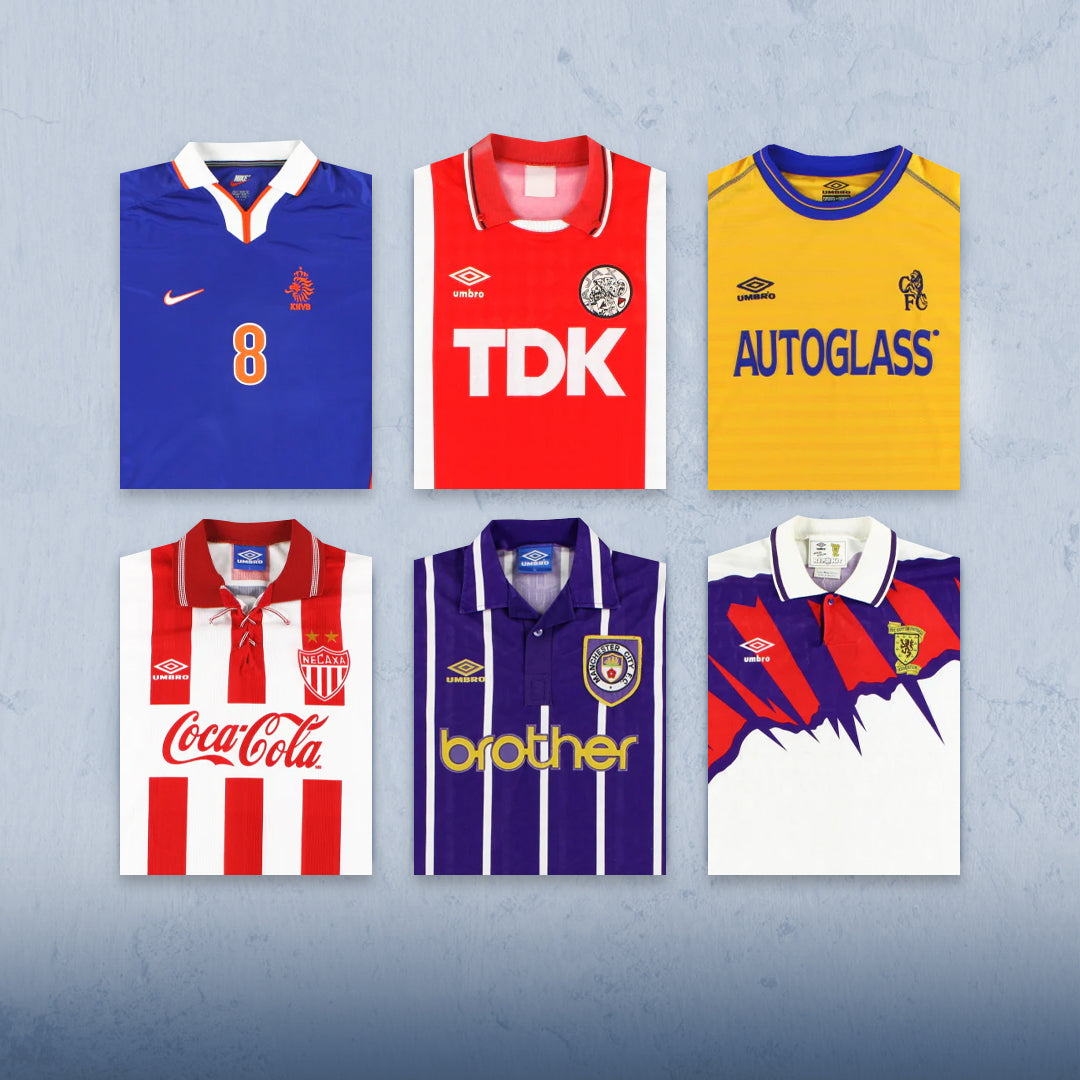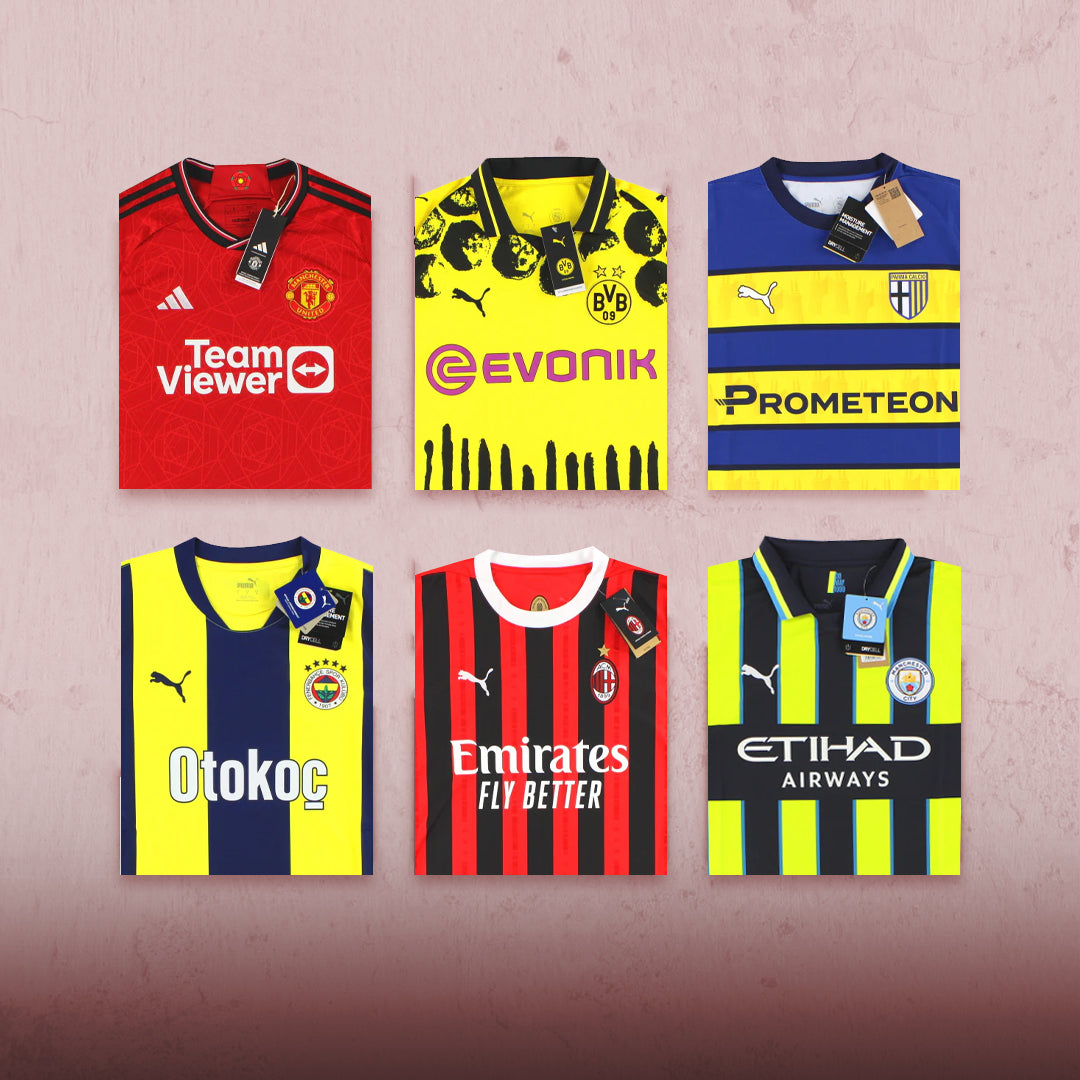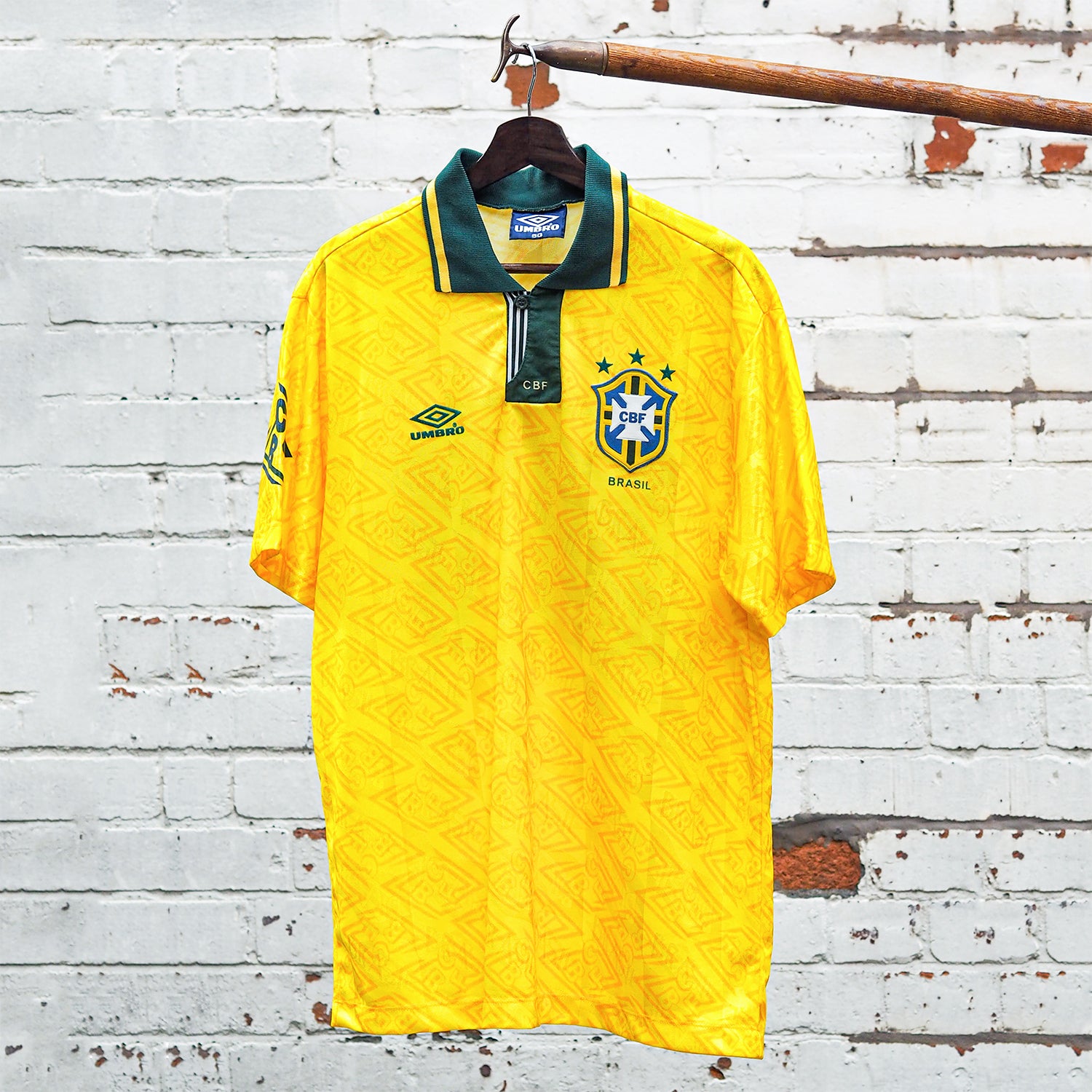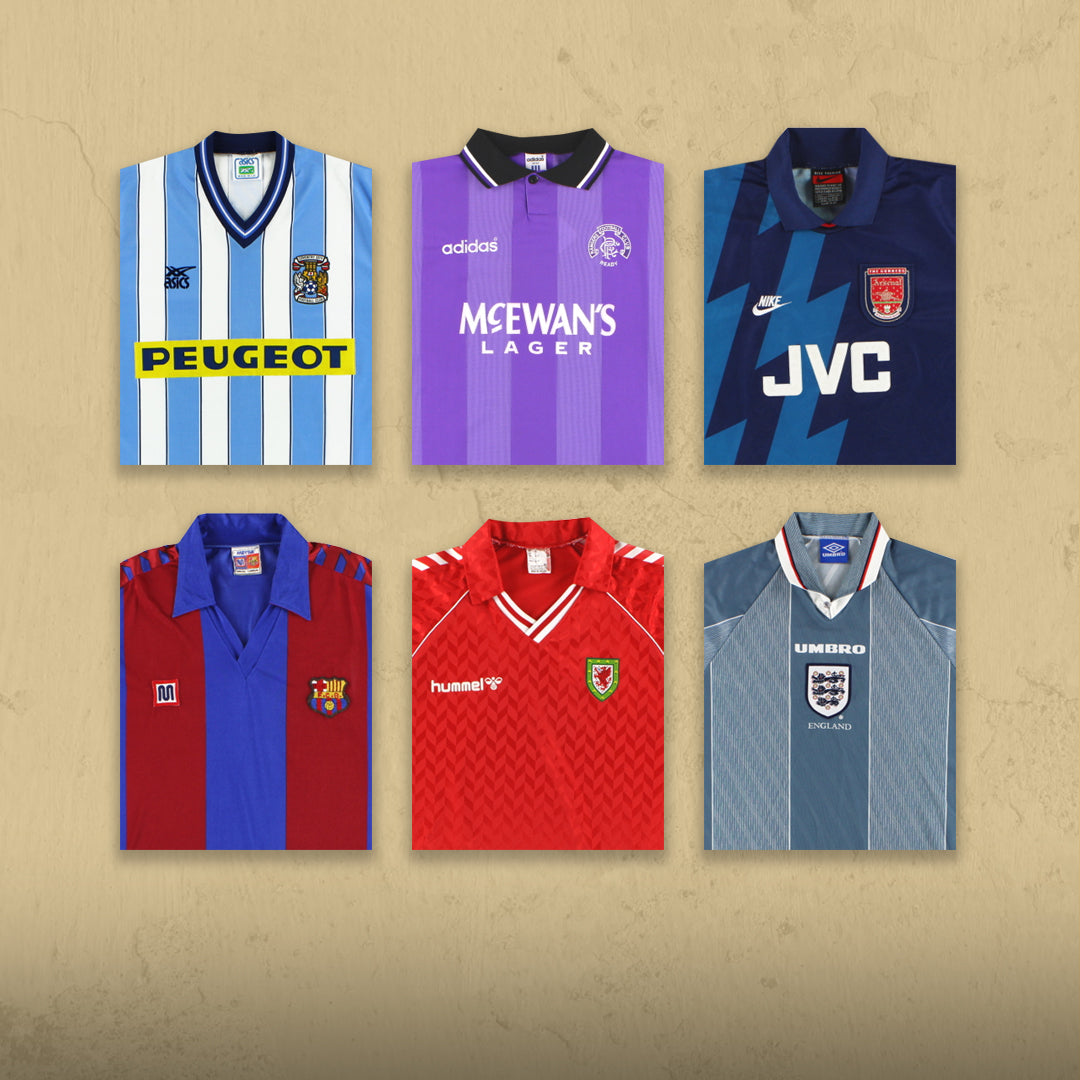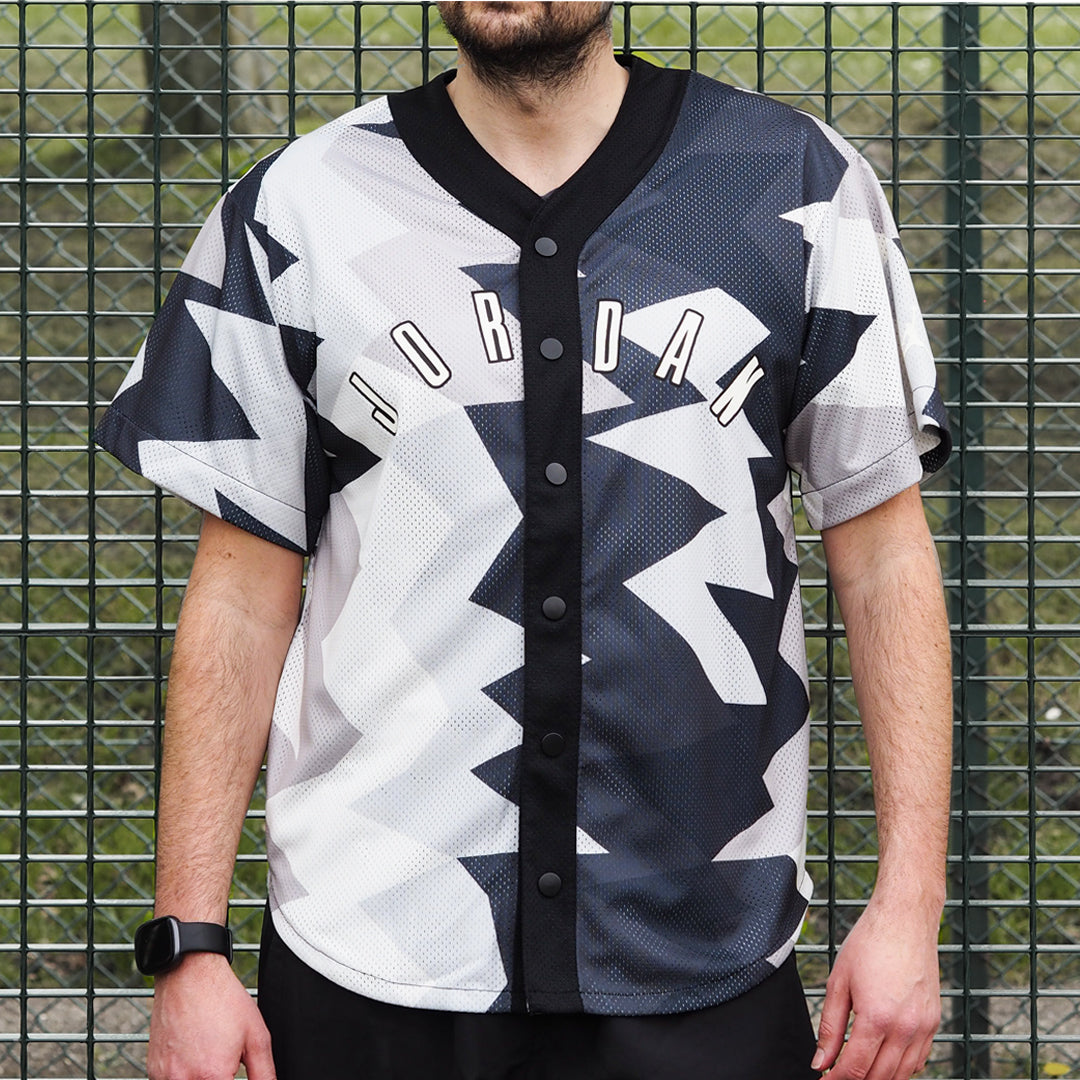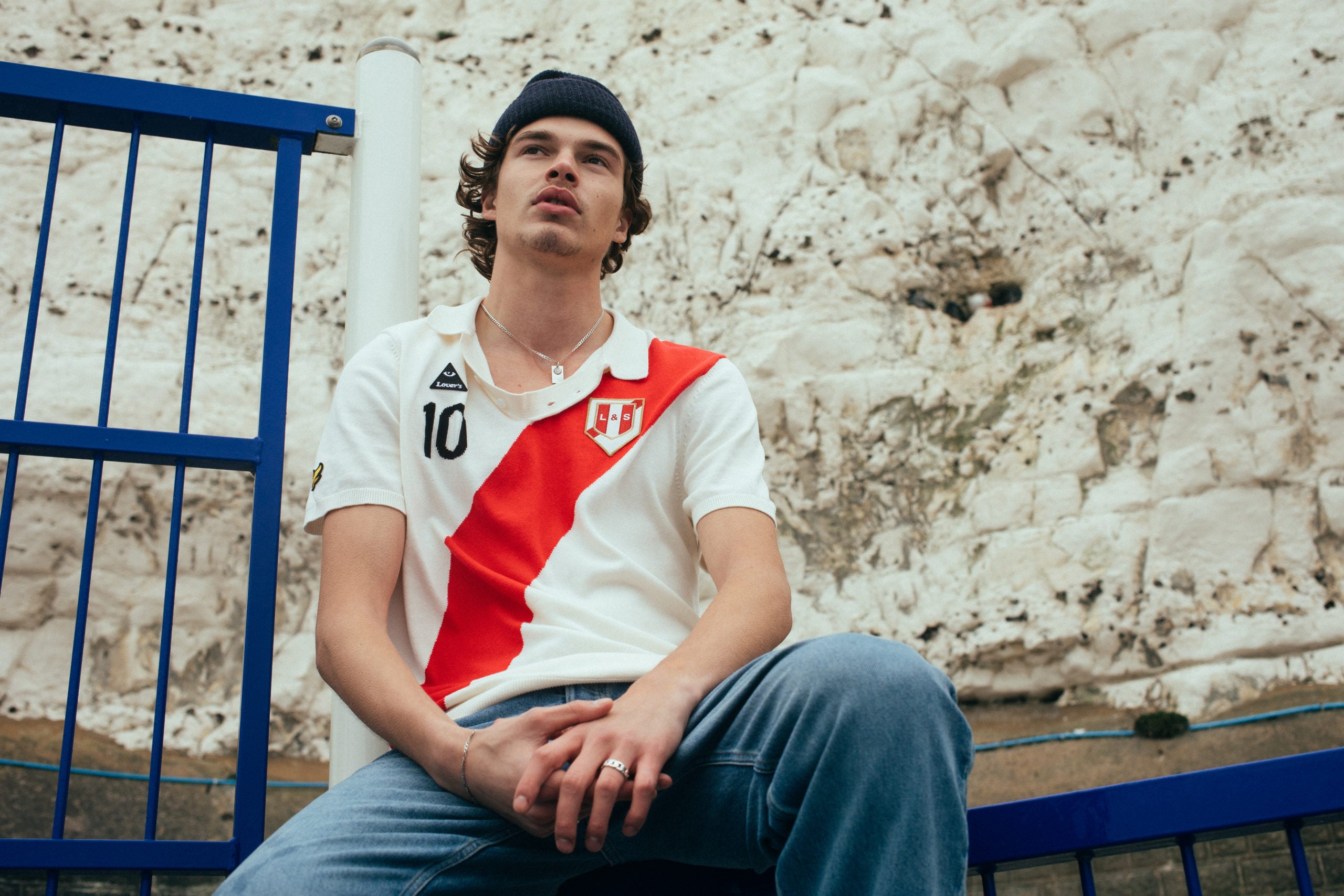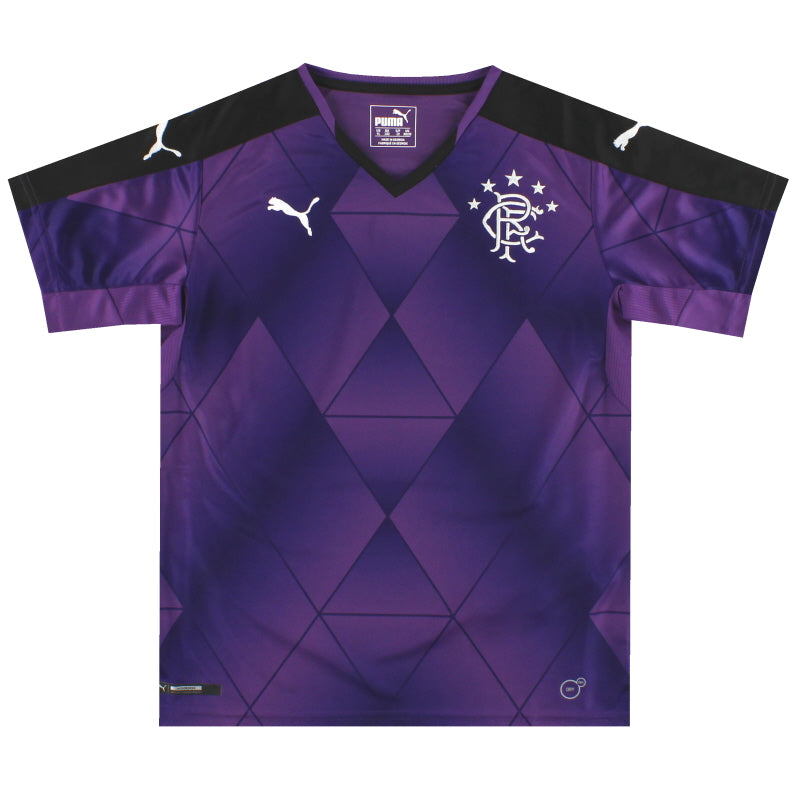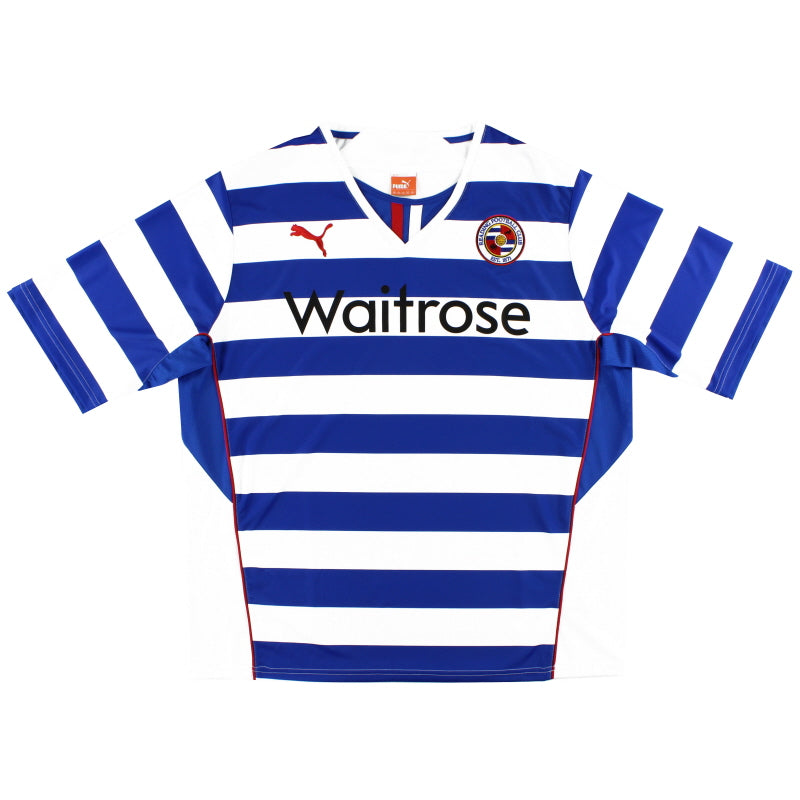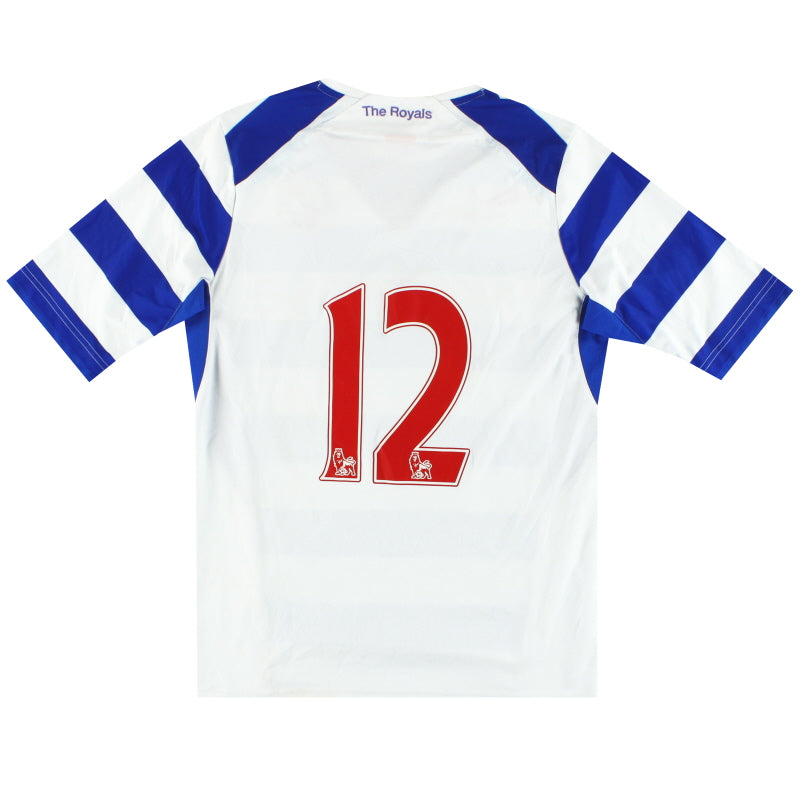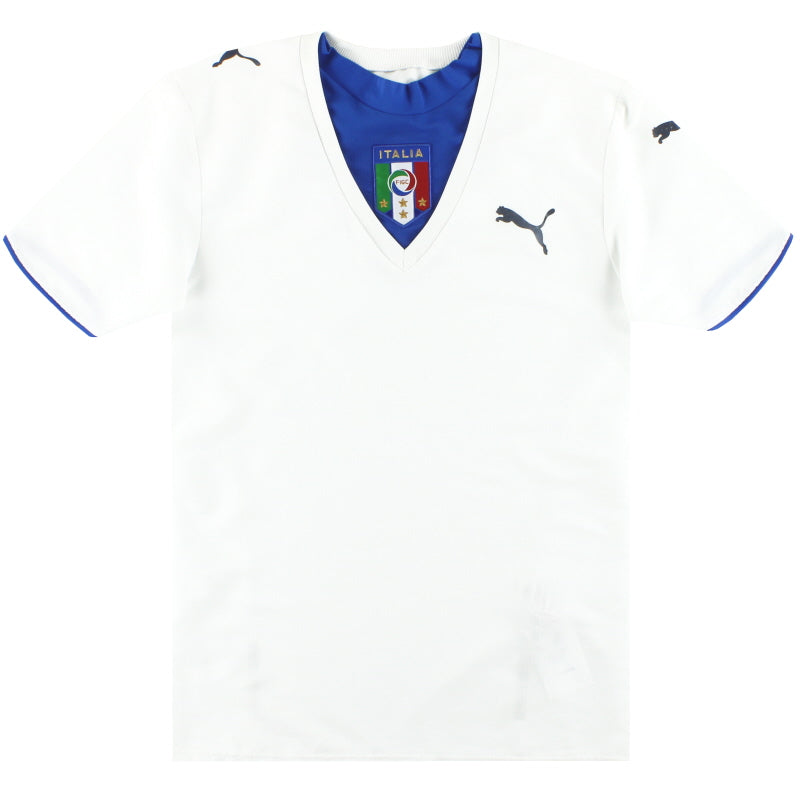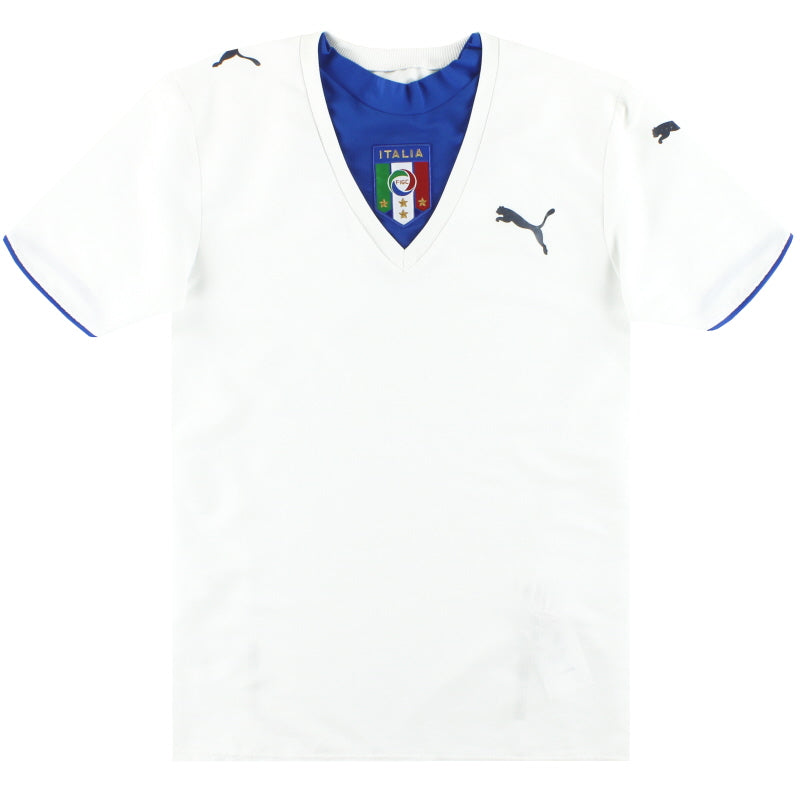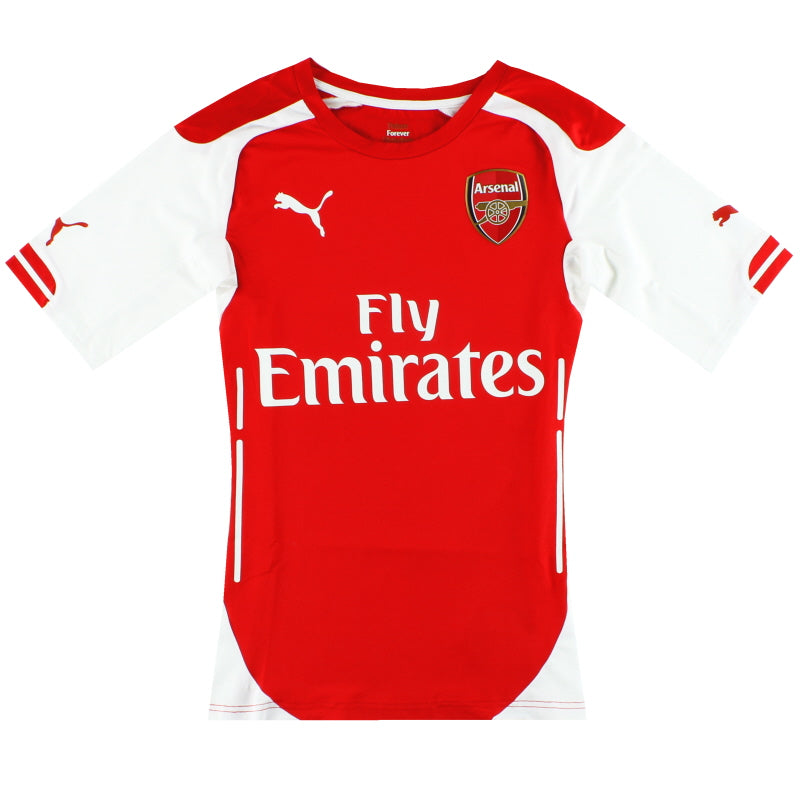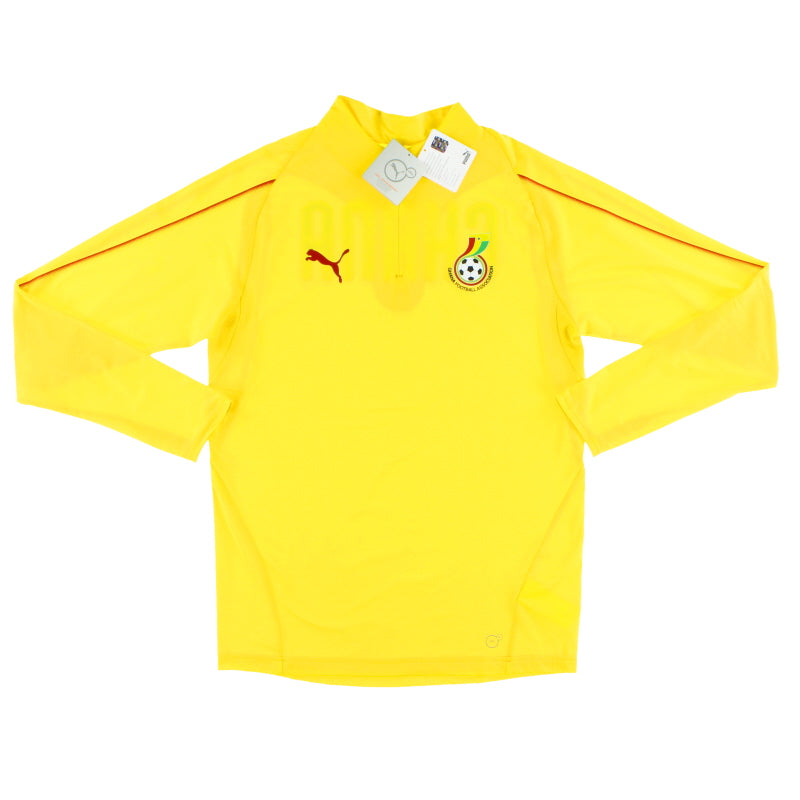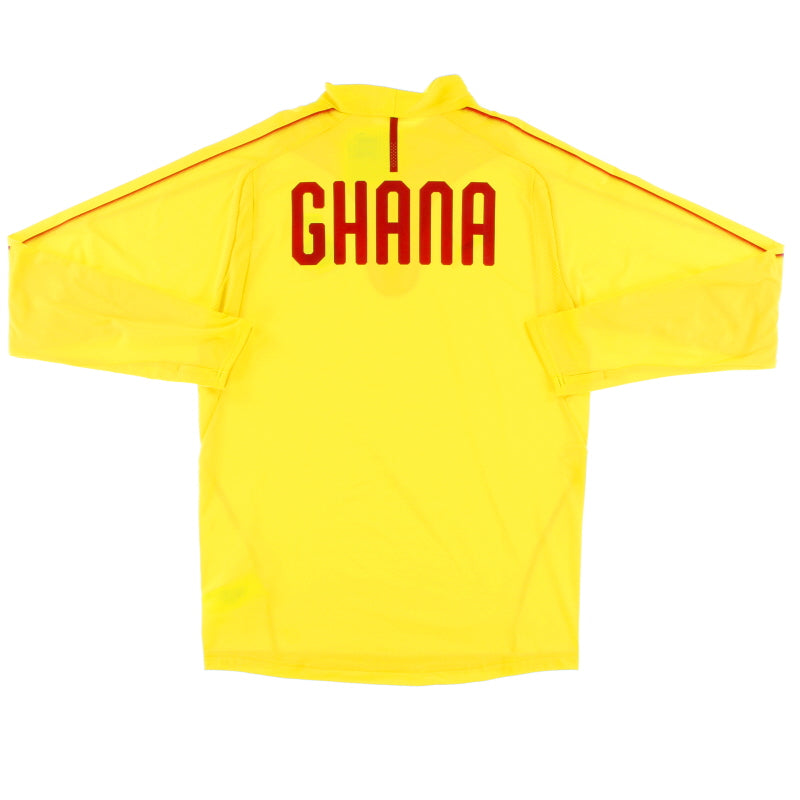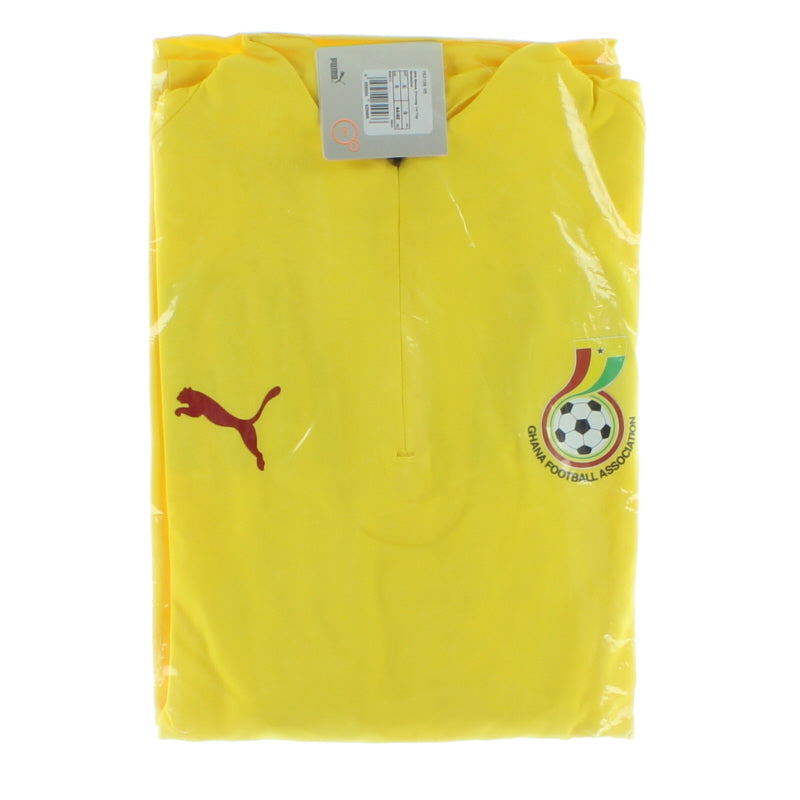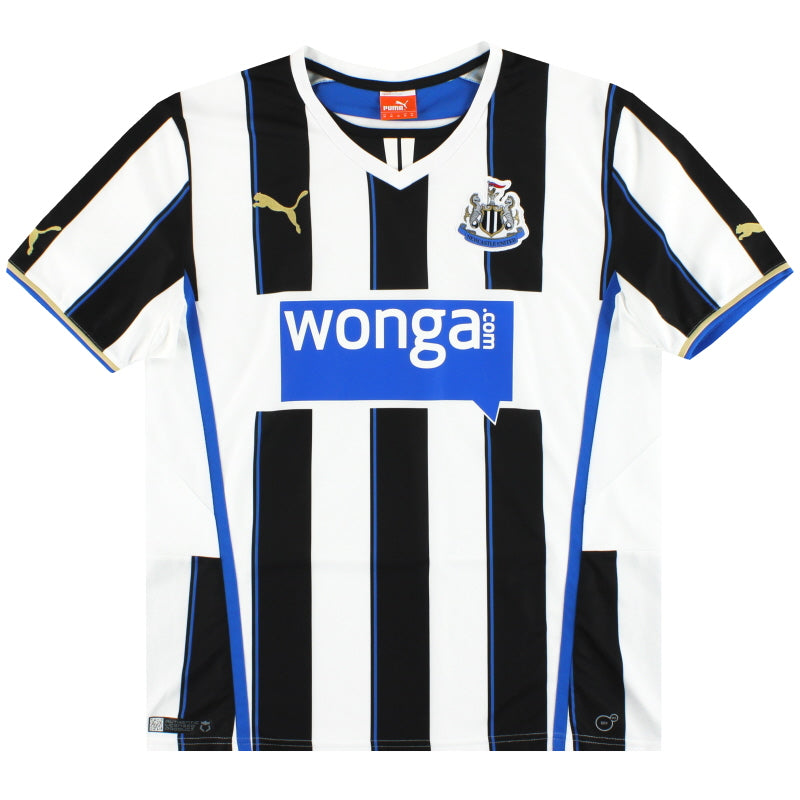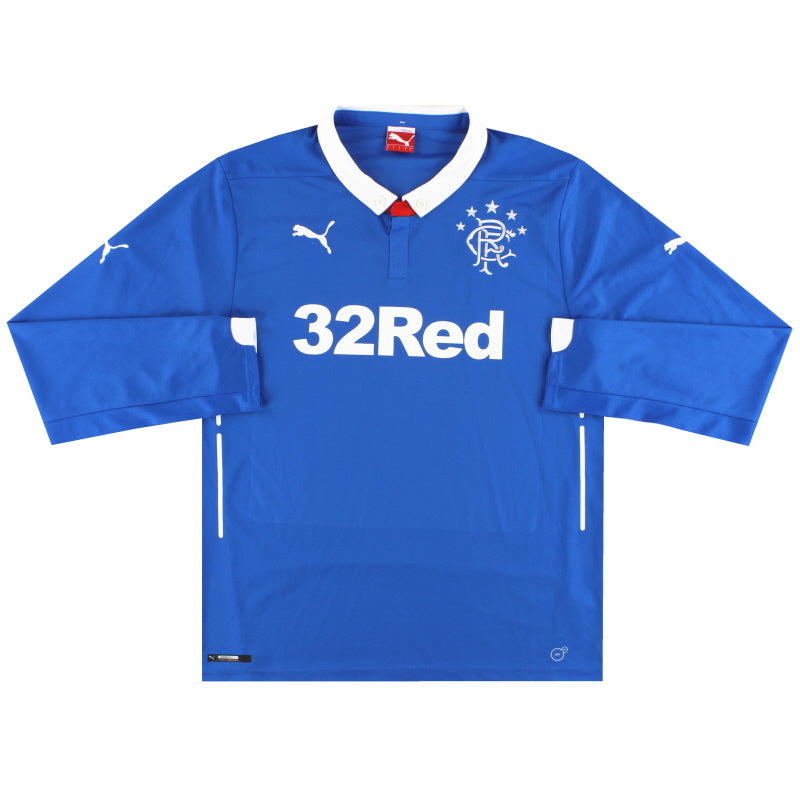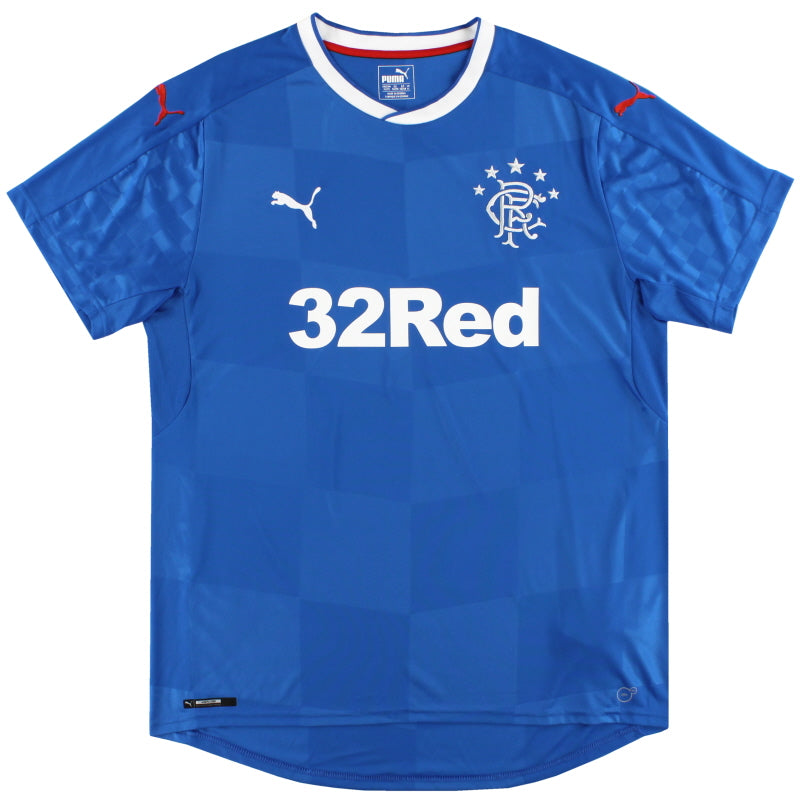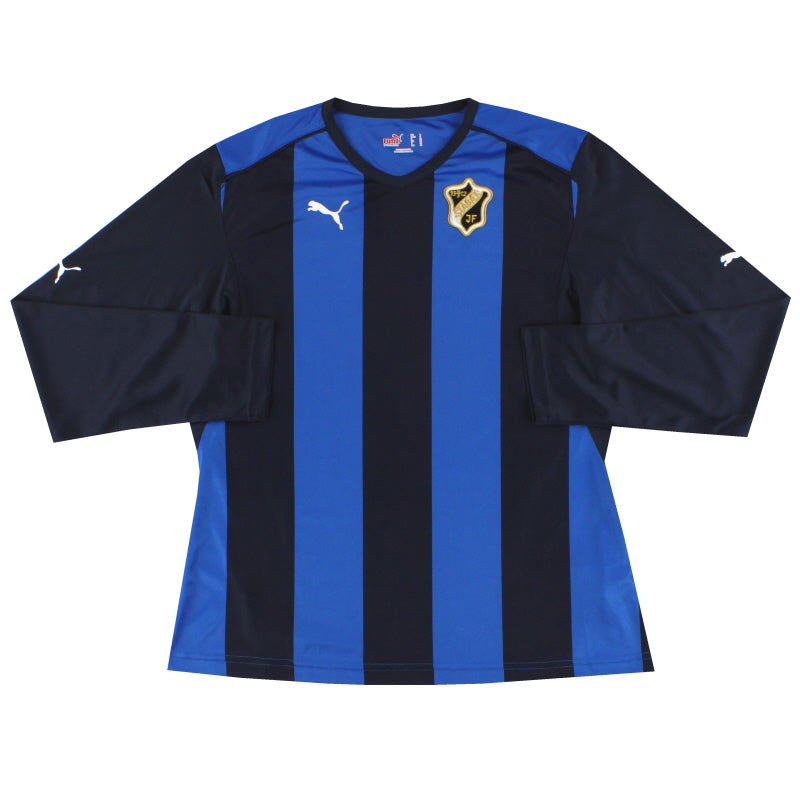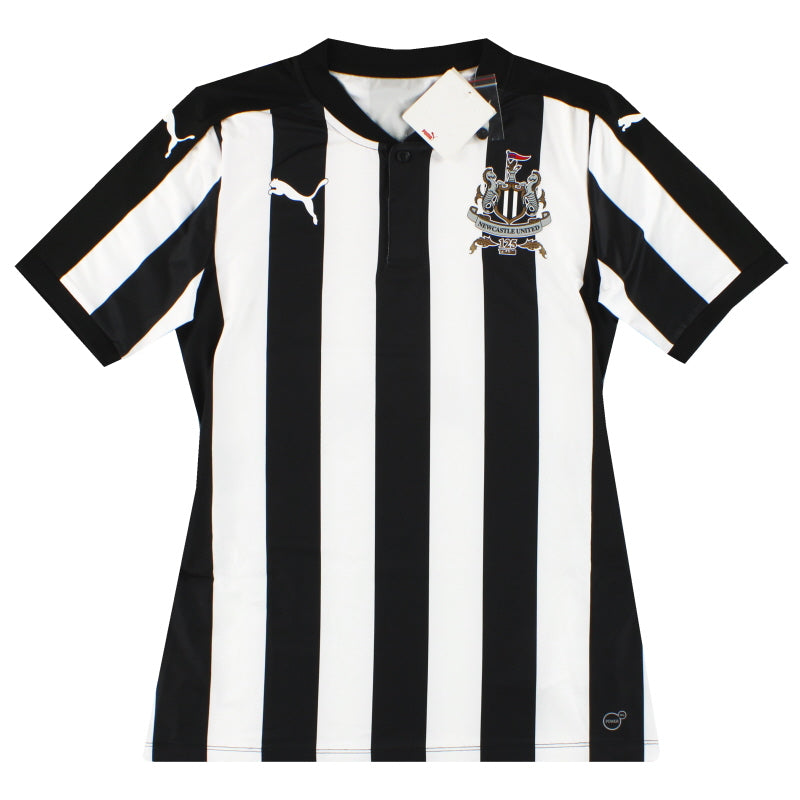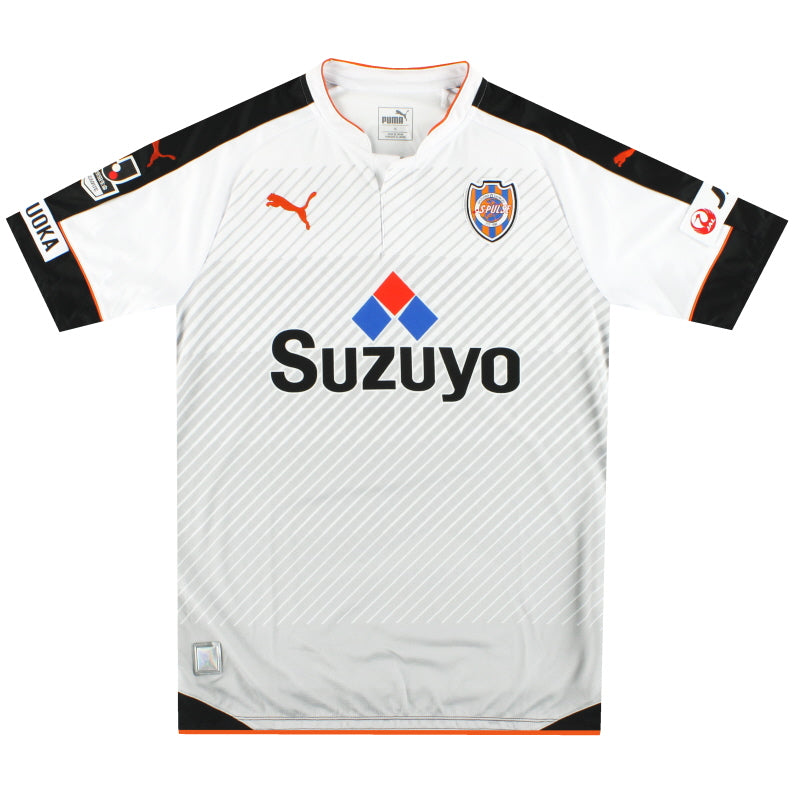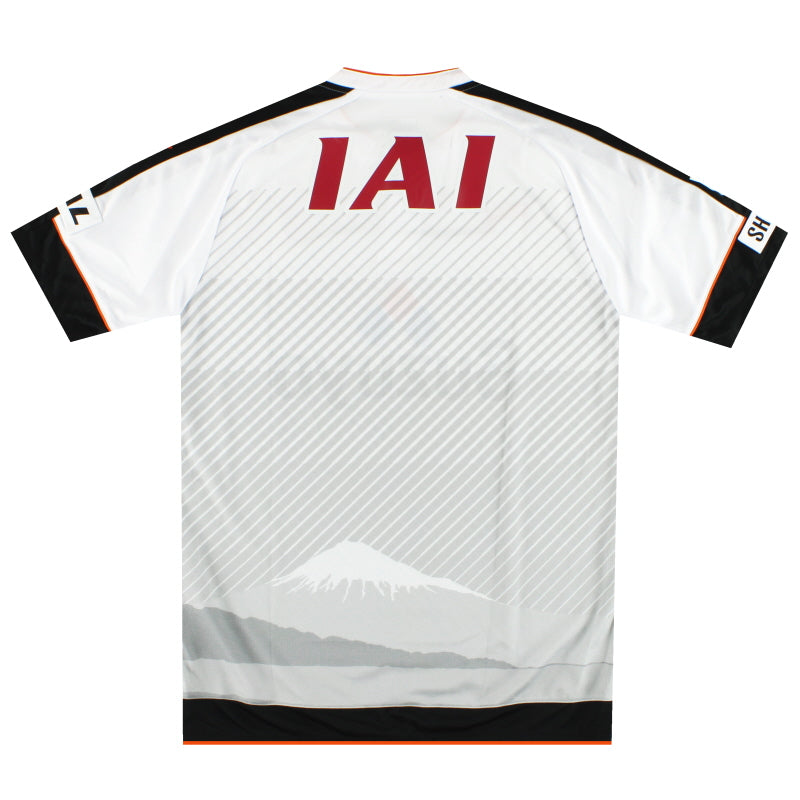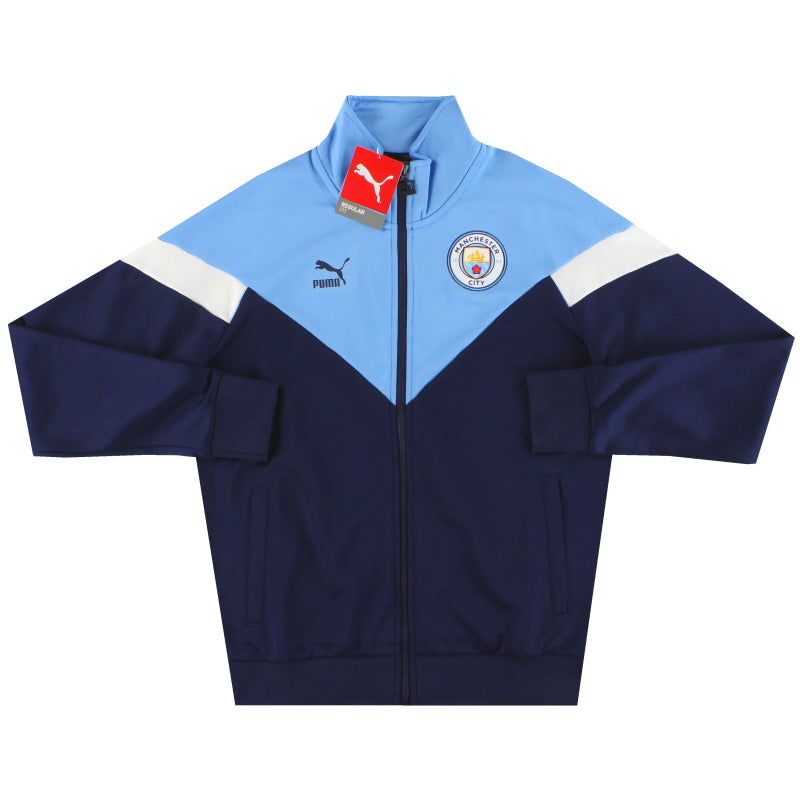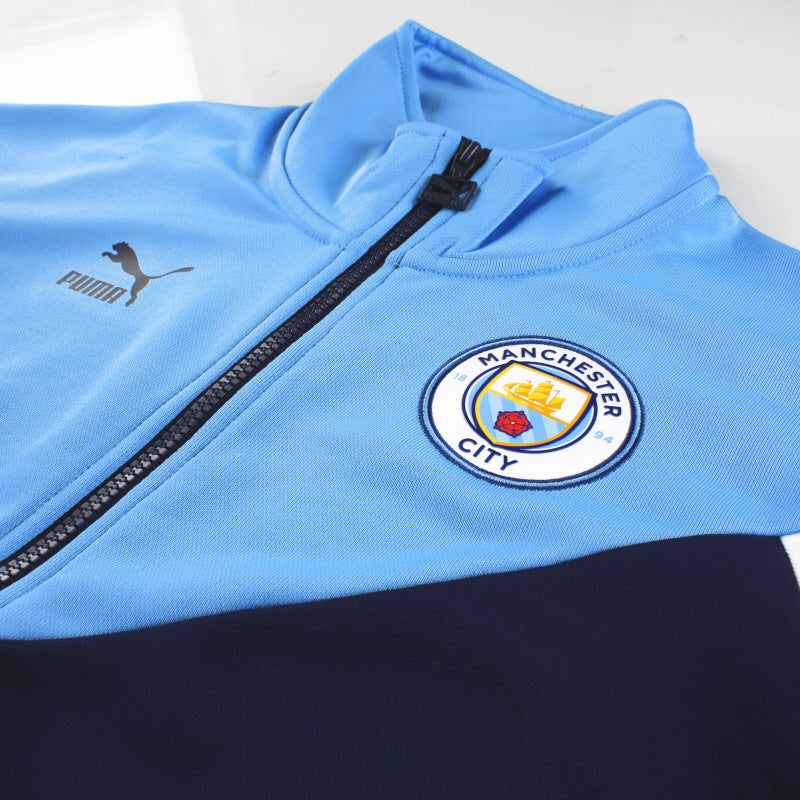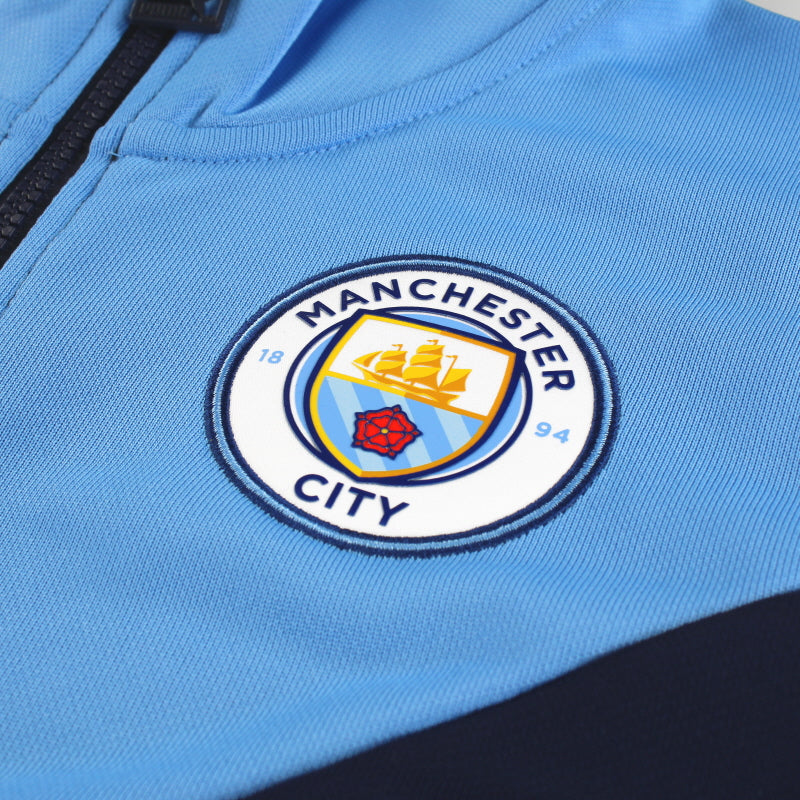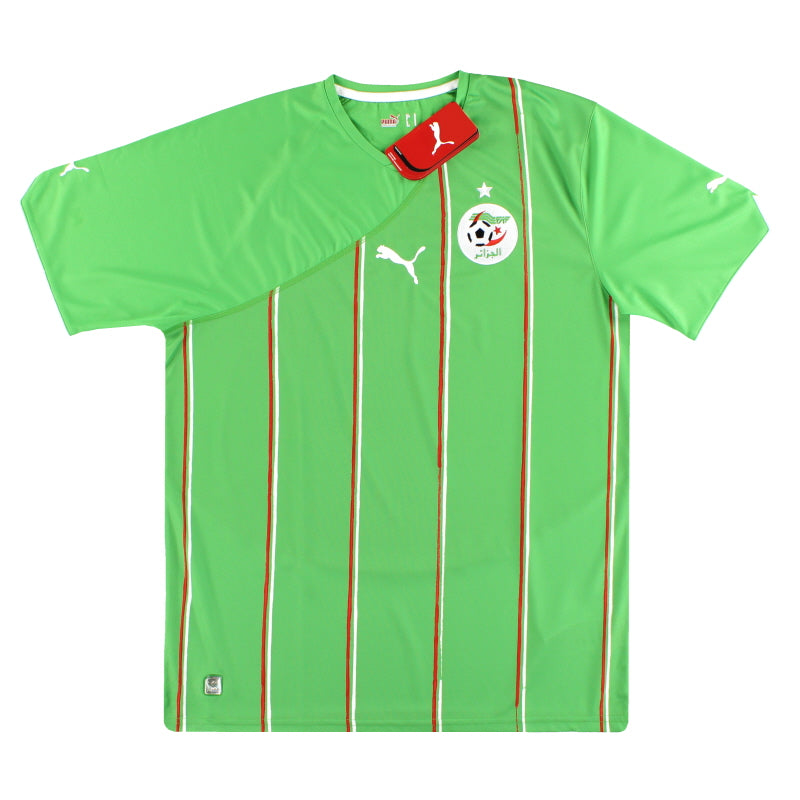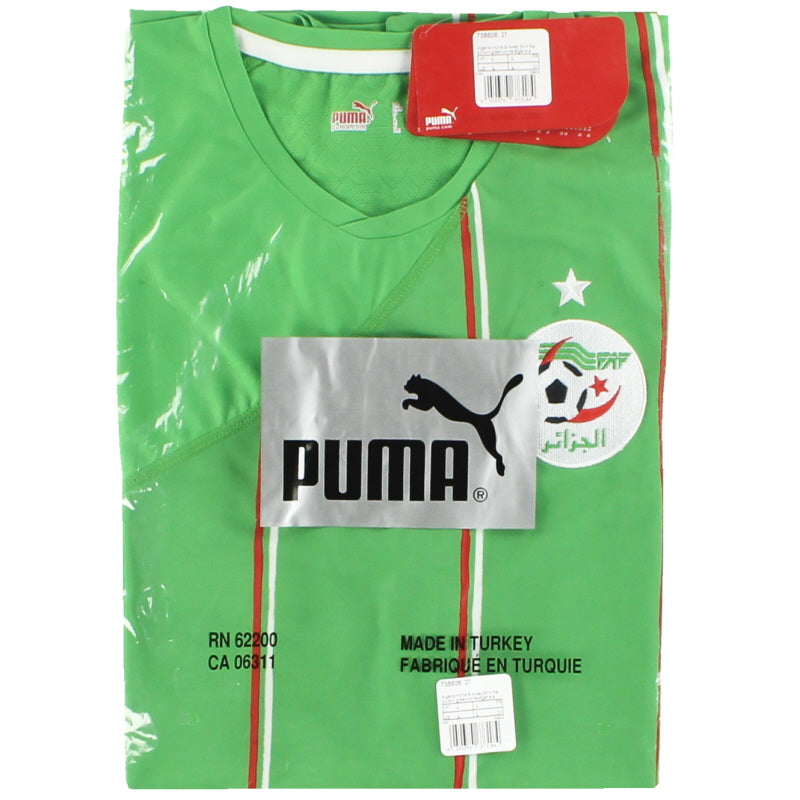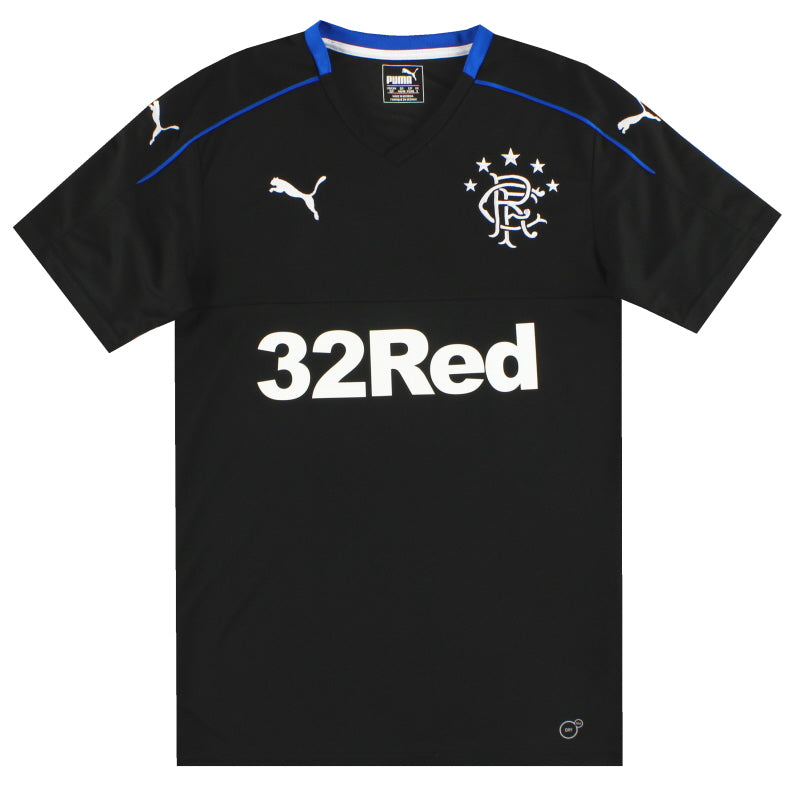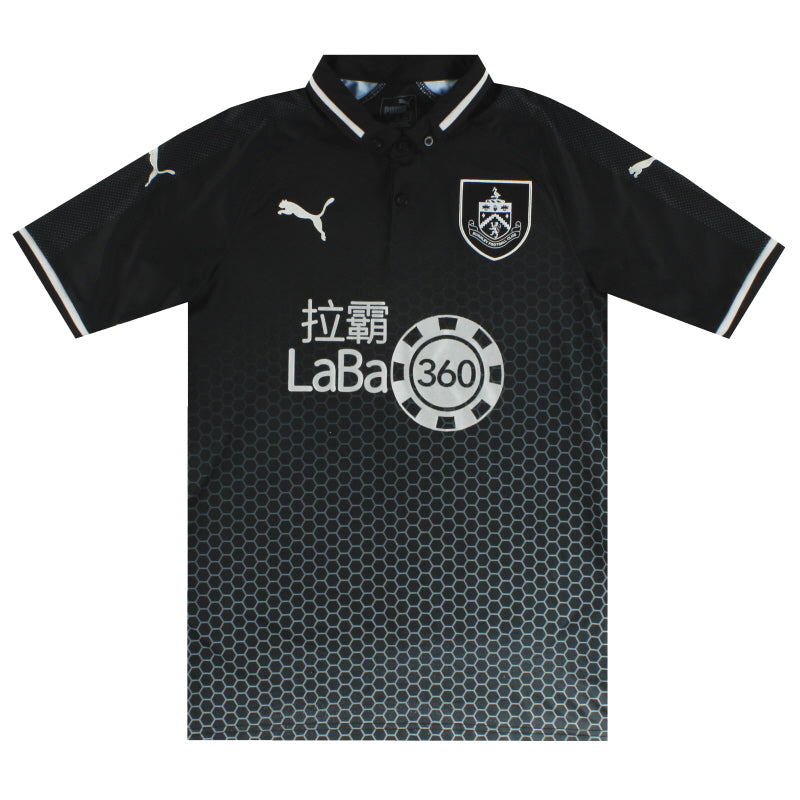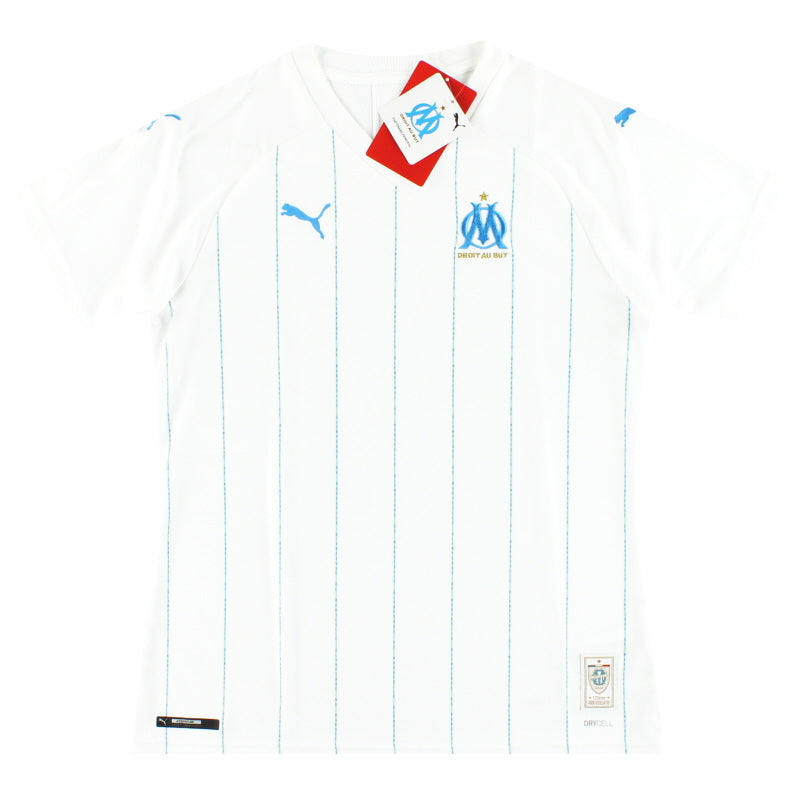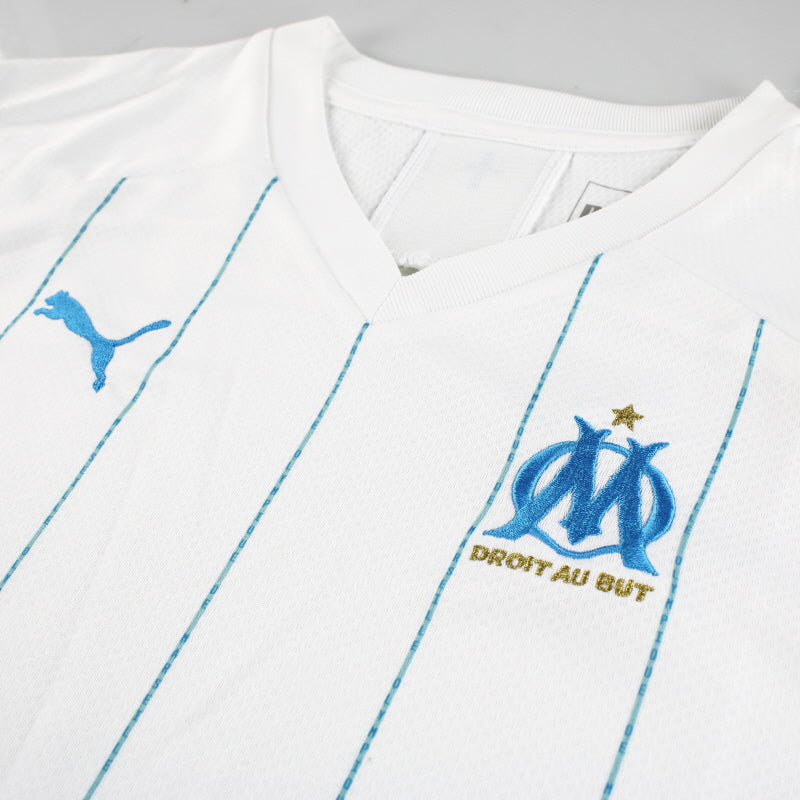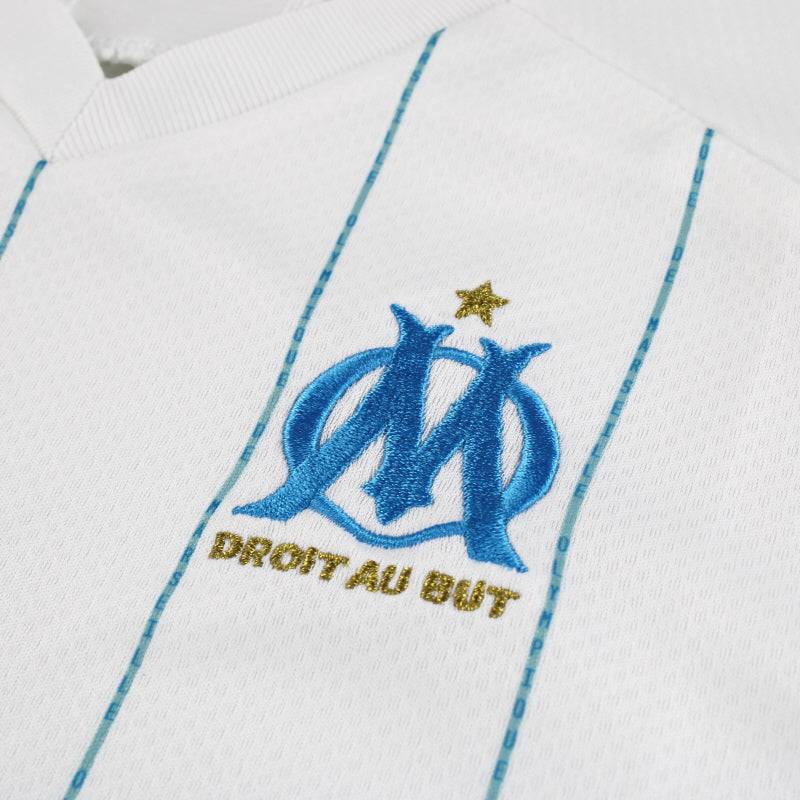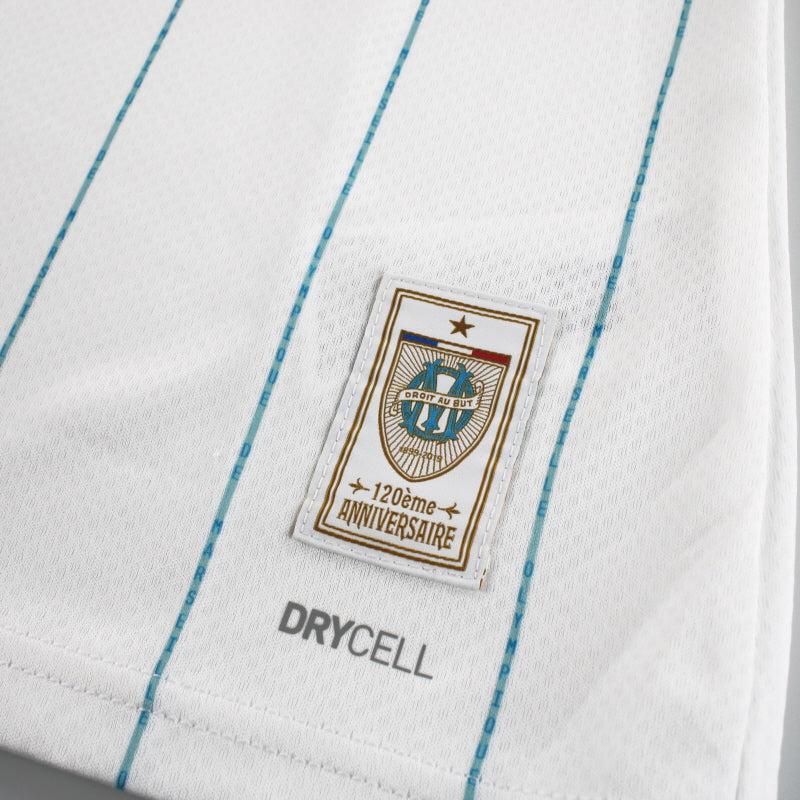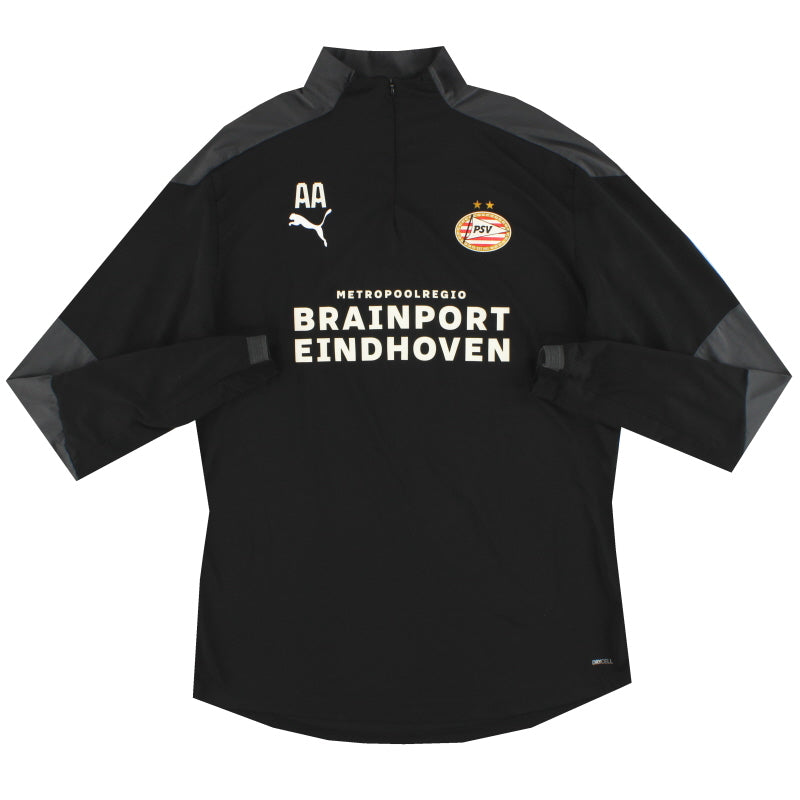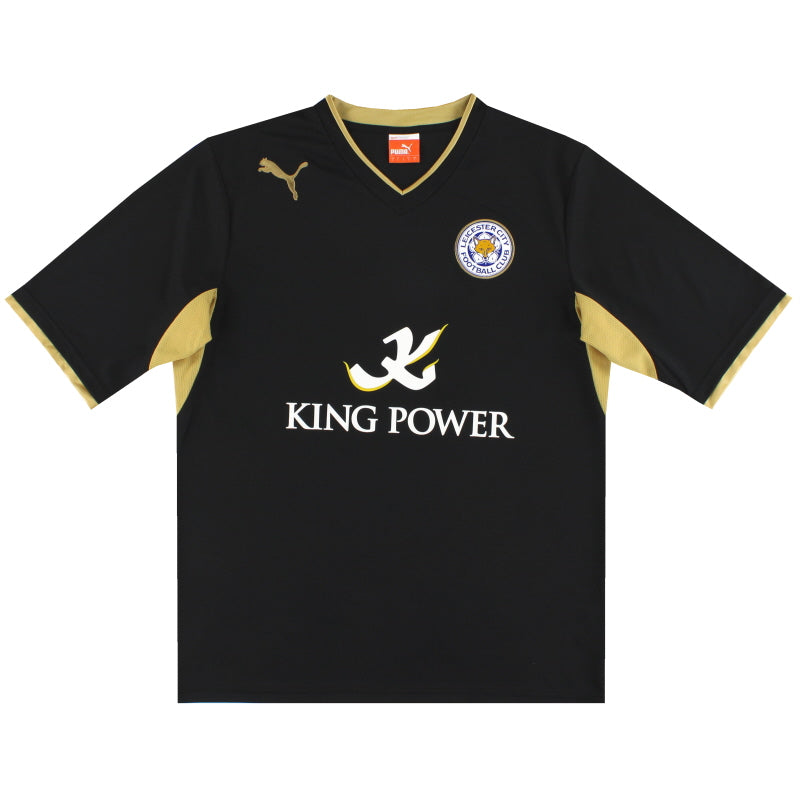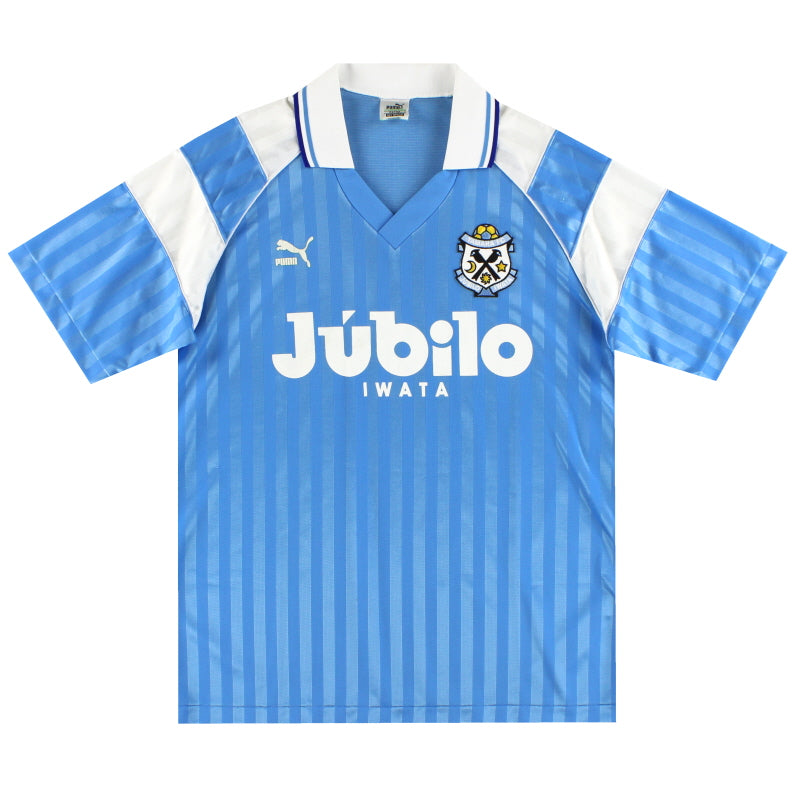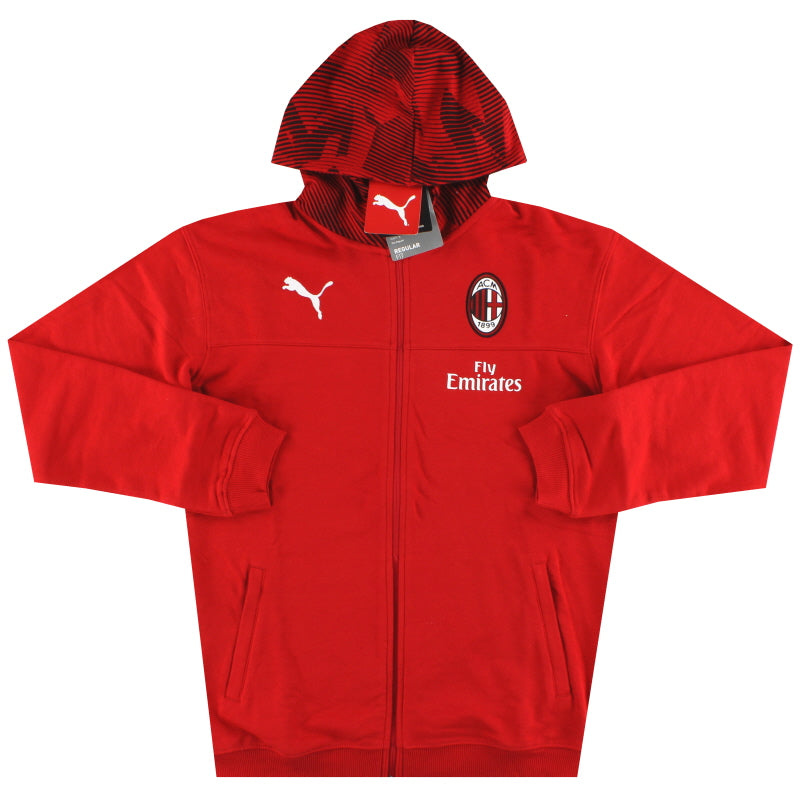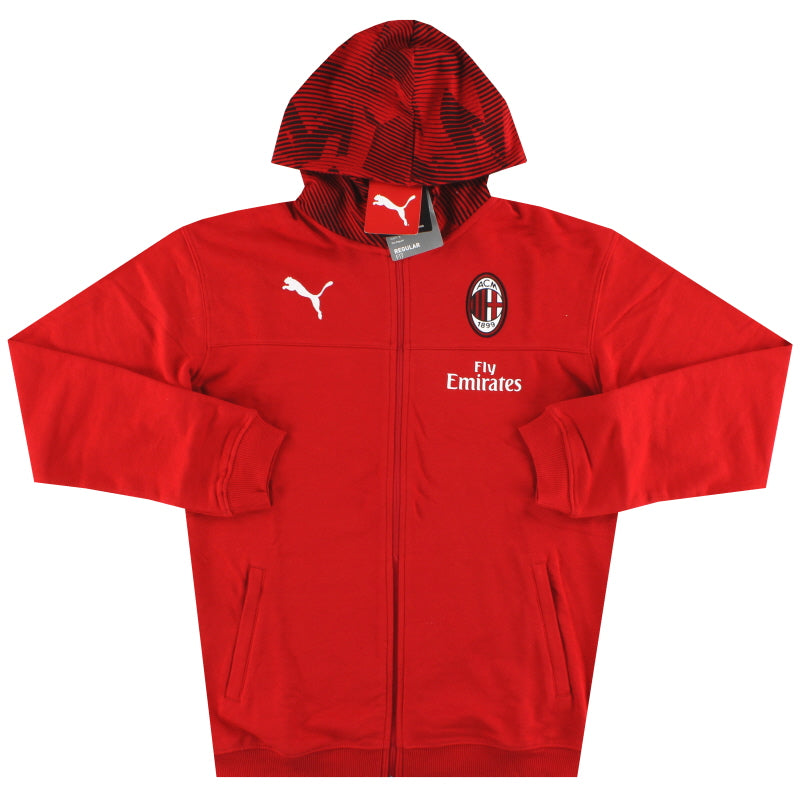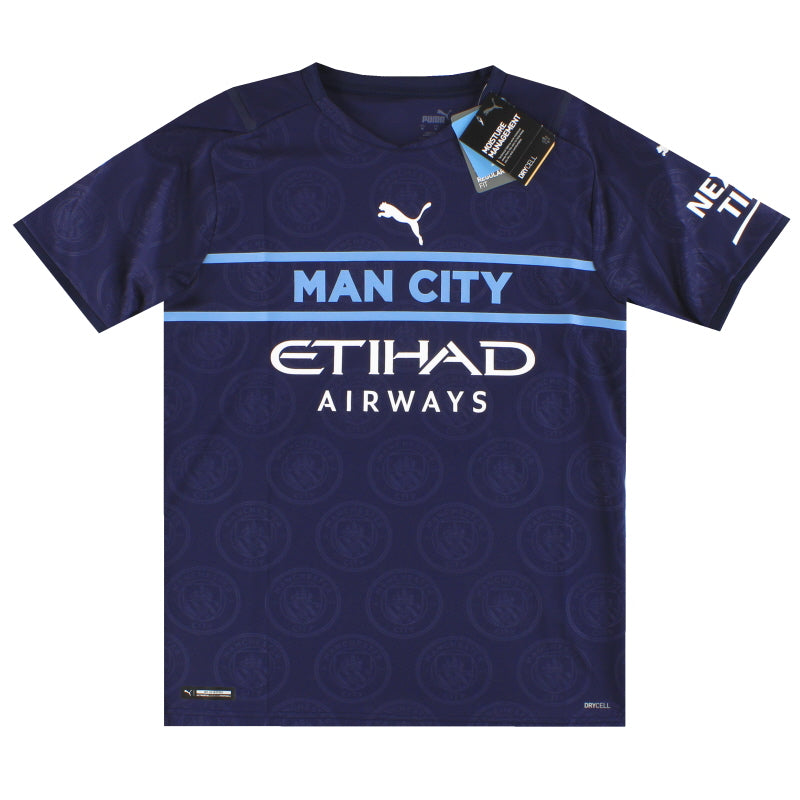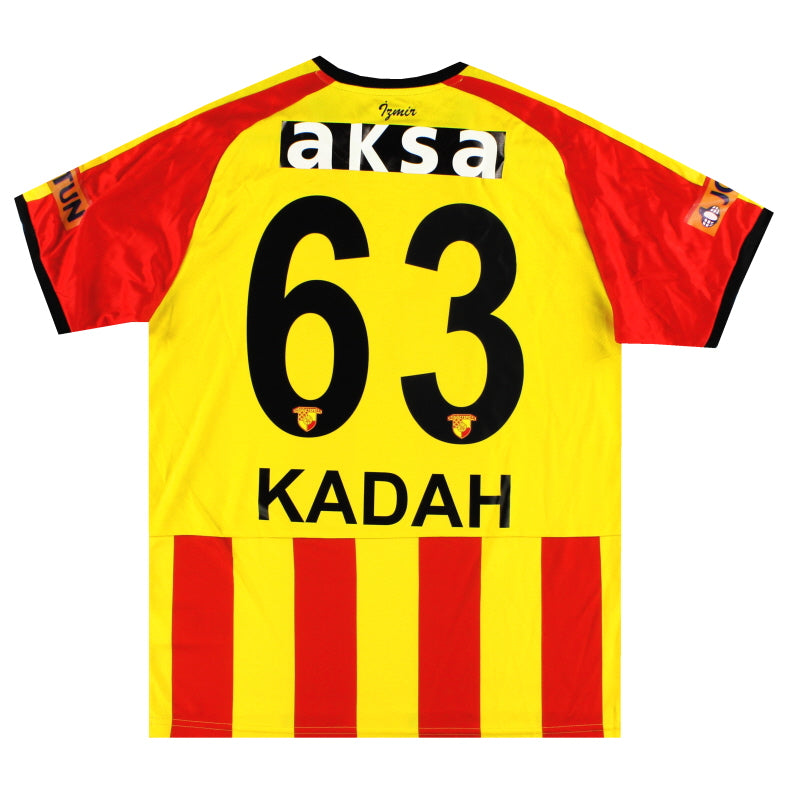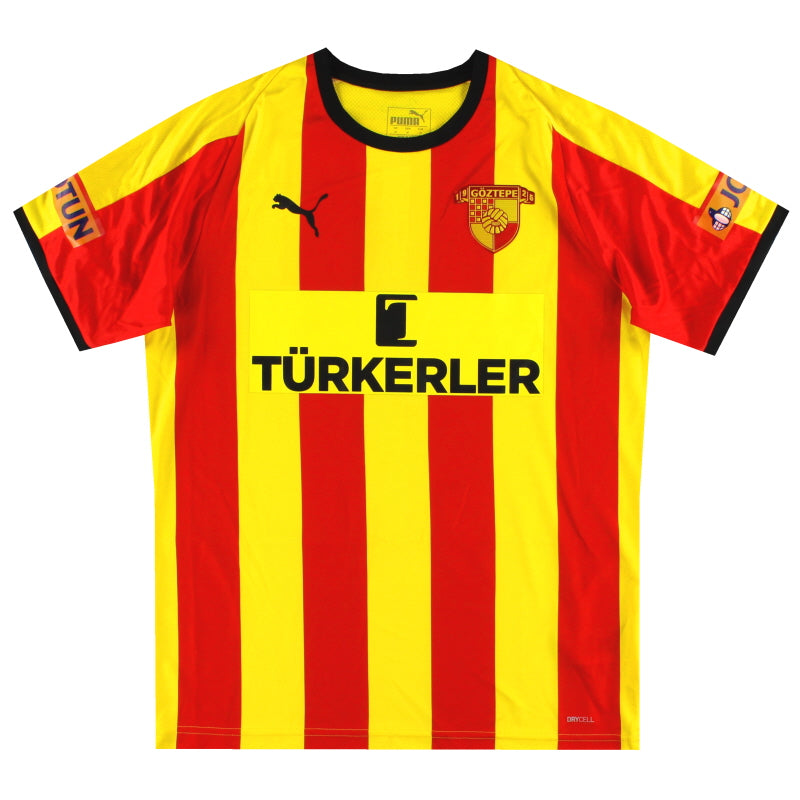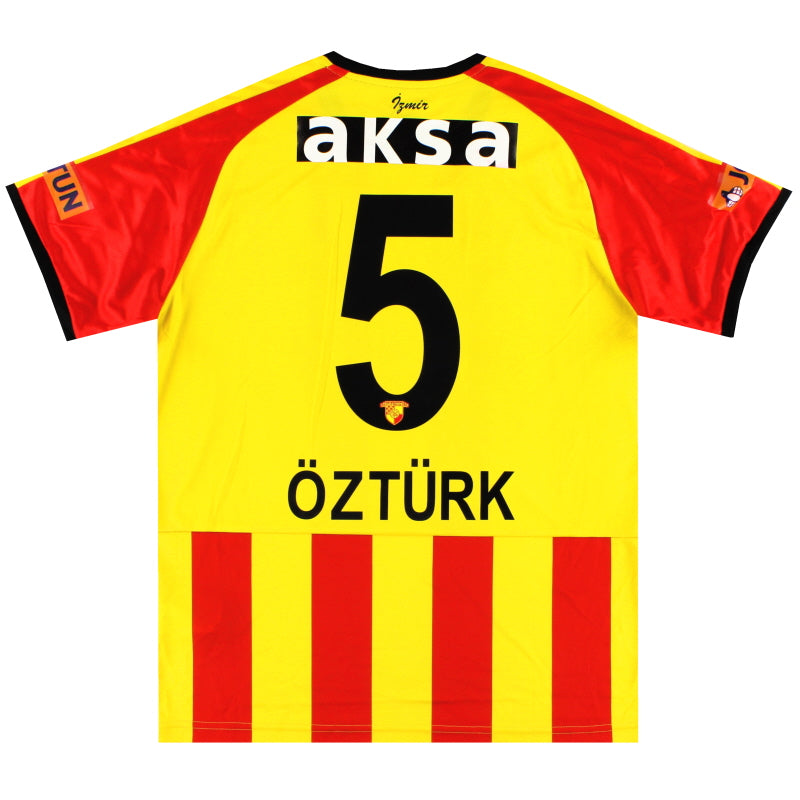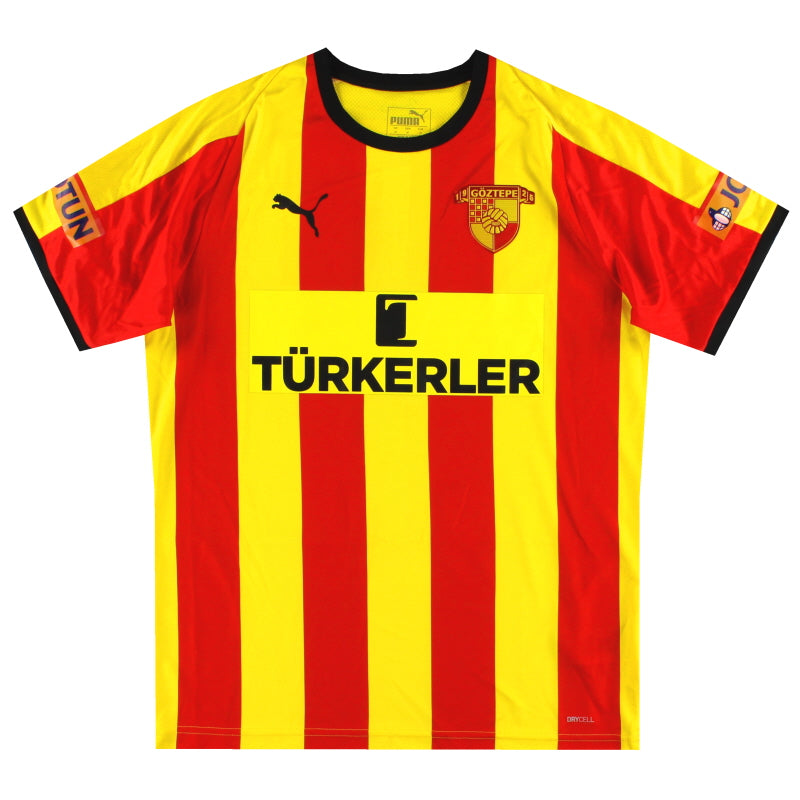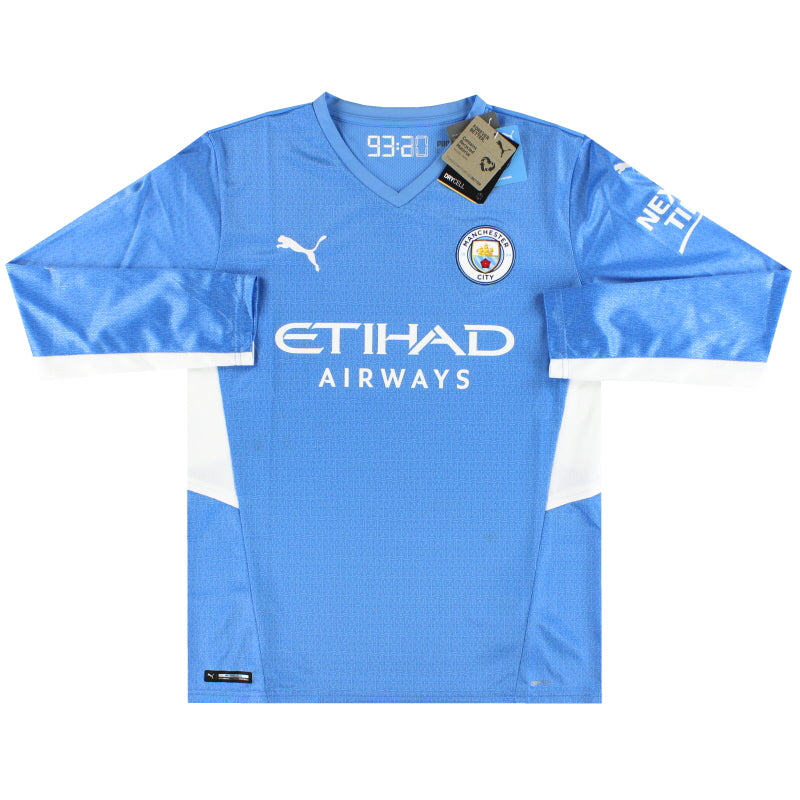Puma
It is well known that Puma’s history in its early years is closely intertwined with adidas thanks to both company’s origins and the Dassler Brothers Shoe Factory, started by German siblings Rudolf and Adolf (Adi) Dassler in 1924. The company specialised in athletic footwear, their first major success coming with Jesse Owens winning four gold medals at the 1936 Berlin Olympic Games wearing Dassler shoes.
Despite their early triumphs the brothers’ relationship deteriorated and eventually in 1948 they acrimoniously split, Adi going on to form adidas and Rudolf founding a new company, Ruda. Ruda was later changed to Puma and began using the curved ‘formstripe’ graphic on their boots along side their now famous logo in 1958.
The two brothers and their companies became bitter rivals with even their home town of Herzogenaurach (and their two football teams) divided over which company they supported. The two brothers sadly never reconciled and died estranged.
Puma boots began to find their way onto the German national football team with several players favouring them over their three-striped rivals and in 1952 the company claimed their first Olympic gold medal courtesy of Luxembourg runner Josy Barthel. Although the company operated a solid enough business through the decades, it has to be said that their triumphs were somewhat overshadowed by their bitter rivals, adidas. Relationships between the brands disintegrated further following a bust up with Brazilian football legend Pele just prior to the 1970 World Cup finals when he signed a deal with Puma despite a supposed agreement between the two German companies not to approach him in relation to a sponsorship deal.
Although the firm’s footwear, especially football boots and athletic shoes, are highly regarded and widespread around the world partly due to the success of their famous Puma King range, originally launched in 1968, their clothing apparel has not enjoyed as a high a profile as some other brands although recently headway has been made.
In British football the first prominent Puma kits arrived in the early 1990s (although the brand had been very active throughout continental domestic sides from an earlier date) with deals with Sheffield Wednesday, Aberdeen and Derby County followed later in the decade with a high profile relationships with Everton and Leeds United.
Reading, Wolves and Stoke are amongst numerous other domestic sides that sported Puma in the 90s and 00s and the 2000s progressed the company hit a rich vein of design form with superb, groundbreaking designs for Fulham and Coventry. Later in the decade their highly successful teamwear strips found their way into the kitbags of many Football League and Scottish League clubs. All followed a strong, simple array of templates, customised and adapted on a club by club basis.
In the German and Austrian leagues Puma have always enjoyed, unsurprisingly, a strong presence with many clubs including Borussia Monchengladbach, Eintracht Frankfurt, Fortuna Dusseldorf, Hamburg and TSG 1899 Hoffenheim (Germany) and Strum Graz and Austria Vienna (Austria) all sporting Puma at some time.
Internationally Puma’s presence has also grown in recent years thanks in no small measure to their involvement with the African Cup of Nations where virtually every competing side (including Algeria, Cameroon, Ghana and the Ivory Coast) sports Puma. The 2011 tournament saw the company integrate the work of local artists into the designs creating a truly unique set of innovative kits.
Other countries who have worn Puma in recent years also includes Italy, the Czech Republic and of course Austria who Puma have supplied since the 1970s (their nearby neighbours Germany have long been associated with adidas).
Other sports where Puma apparel can be seen include Rugby Union, cricket, Australian Rules football and the US National Football League.

